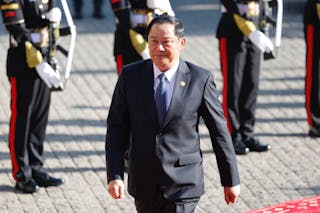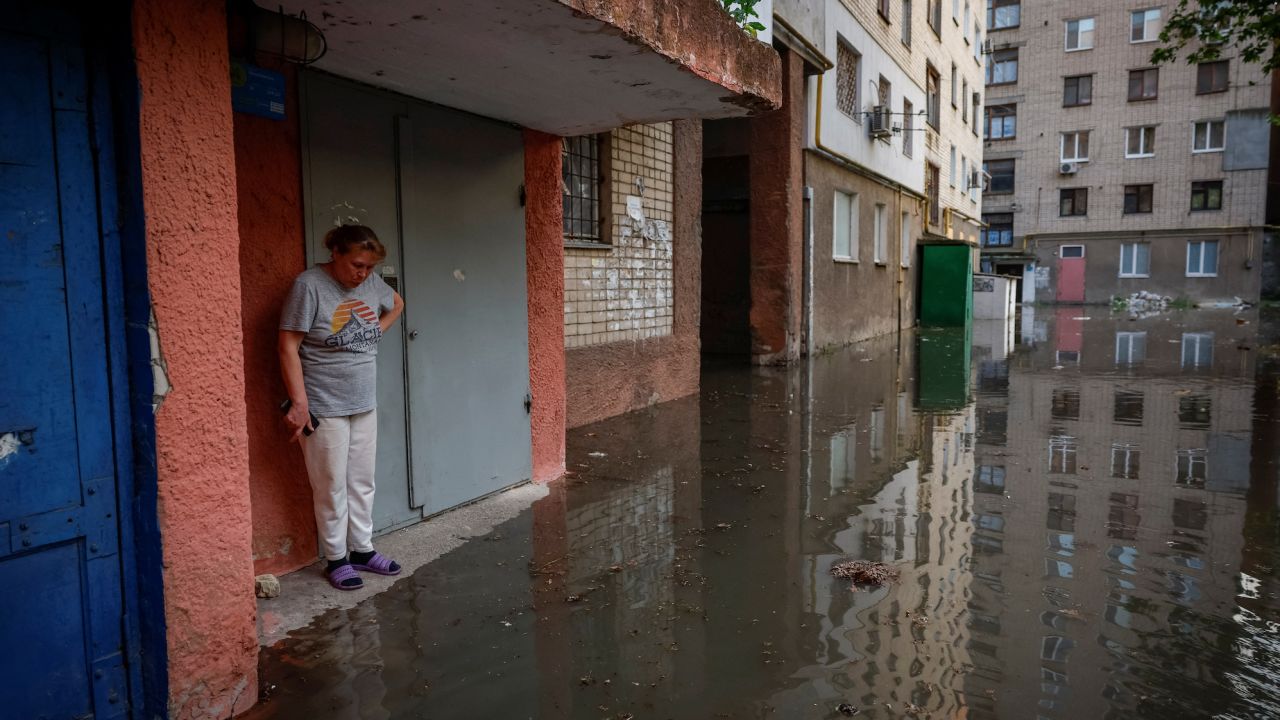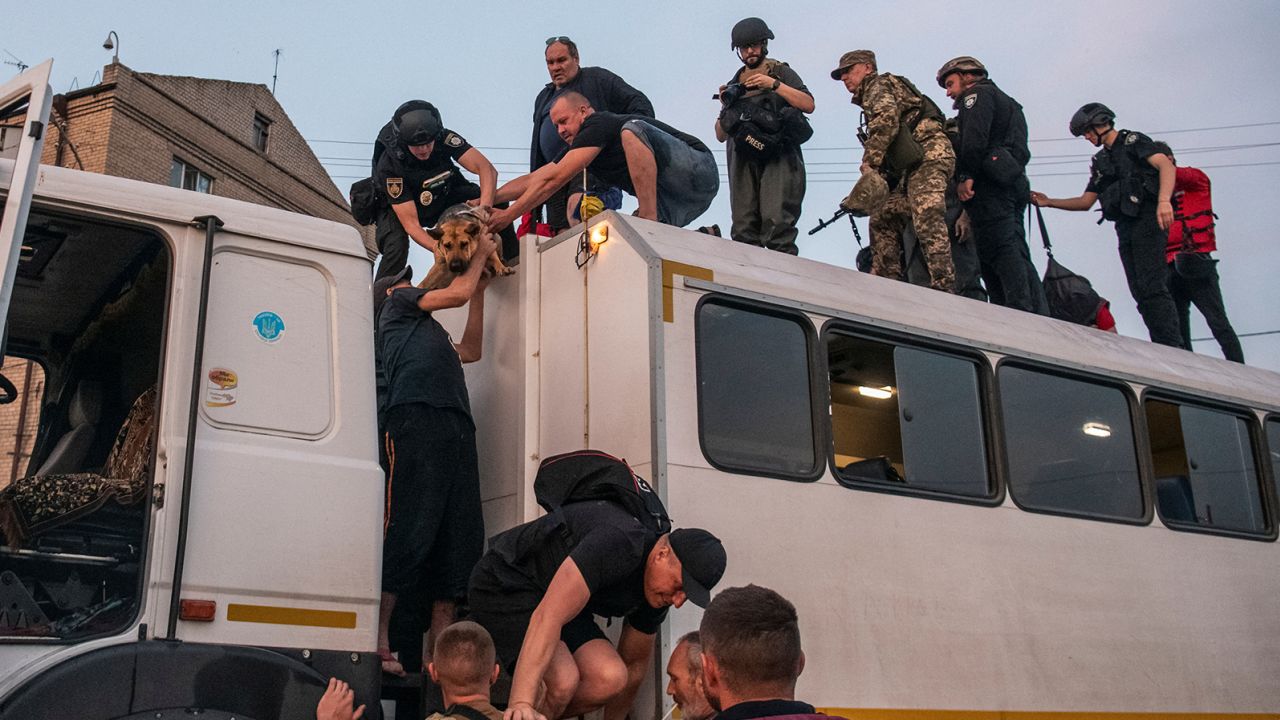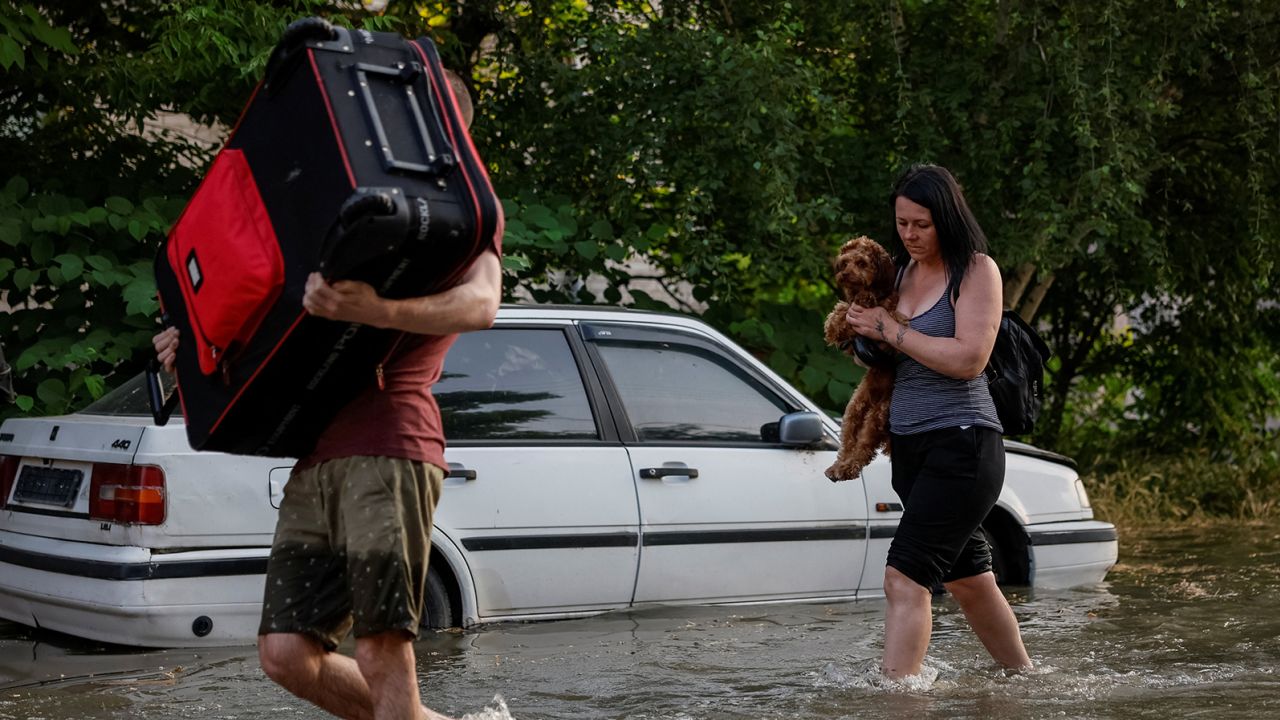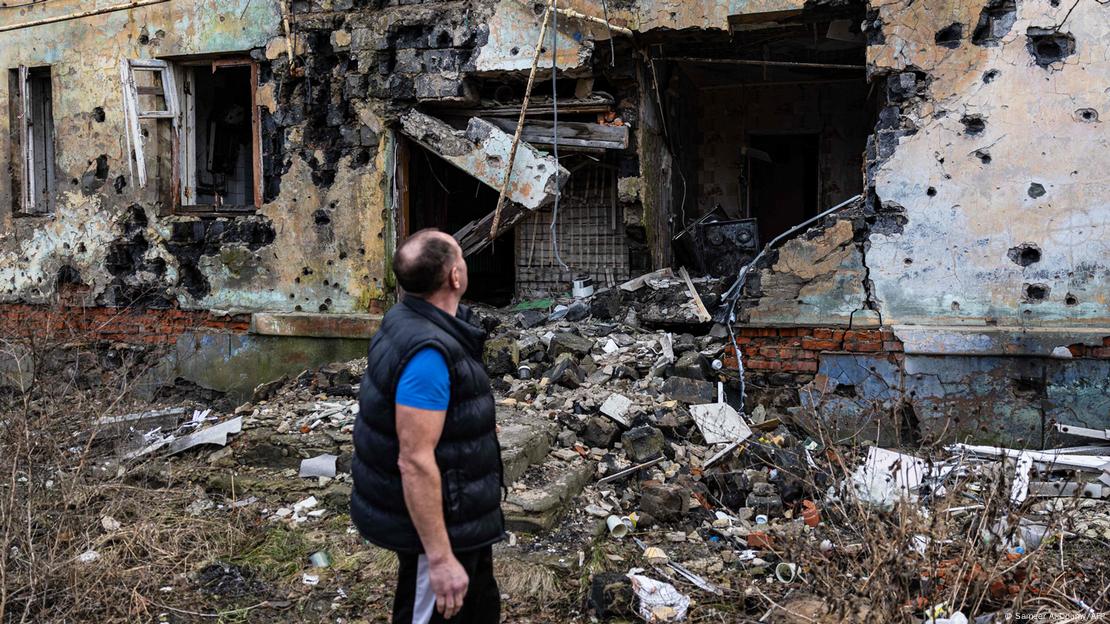By BRENDAN FARRINGTON
TALLAHASSEE, Fla. (AP) — A federal judge temporarily blocked portions of a new Florida law championed by Republican Gov. Ron DeSantis that bans transgender minors from receiving puberty blockers, saying in a Tuesday ruling that gender identity is real and the state has no rational basis for denying patients treatment.
Judge Robert Hinkle issued a preliminary injunction, saying three transgender children can continue receiving treatment. The lawsuit challenges the law DeSantis signed shortly before he announced a run for president.
“Gender identity is real. The record makes this clear,” Hinkle said, adding that even a witness for the state agreed.
Transgender medical care for minors is increasingly under attack — Florida is among 19 states that have enacted laws restricting or banning treatment. But it has been available in the United States for more than a decade and is endorsed by major medical associations.
Hinkle’s ruling was narrowly focused on the three children whose parents brought the suit. Simone Chriss, a lawyer for Southern Legal Counsel representing the parents, said she hopes health care providers and prosecutors see the ruling as applying statewide, like when Hinkle issued an injunction in 2014 declaring the state’s same-sex marriage ban unconstitutional as it applied to a single couple.
“The state no longer has any valid interest in enforcing something that’s unconstitutional,” Chriss said.
As she spoke, DeSantis’s office issued a statement saying the opposite, and the law will be enforced for all except the three children.
“We will continue fighting against the rogue elements in the medical establishment that push ideology over evidence,” press secretary Jeremy Redfern said.
“Wow! Jiminy Crickets! I have no words,” Chriss said. “I am always saddened by the things our state chooses to put out.”
She said her hope is that regardless of DeSantis’ position, state attorneys won’t prosecute doctors for providing care “that is aligned with every major medical organization — not a rogue few, but all of them.”
Attention on the new law has focused on language involving minors, and Hinkle’s ruling focuses on the use of puberty blockers and cross-sex hormones. The ruling doesn’t address other language that makes it difficult to near impossible for adults to receive or continue gender-affirming care.
Some Florida parents of transgender children have sought help leaving the state because of the law, including Kim, a Pensacola mother who didn’t want her last name used out of fear of her child becoming a political target. The narrow ruling doesn’t help Kim or other families who aren’t plaintiffs in the case, and she’s concerned the legal battle can stretch on for years.
In the meantime, her family is fundraising online and job-hunting to move to states that haven’t passed laws like Florida, said Kim.
“They’re moral policing,” said Kim. “Their claims are baseless, and that’s one of the hardest things to swallow — it’s based on Ron DeSantis’ personal beliefs.”
Hinkle, who was appointed by former President Bill Clinton, said people who mistakenly believe gender identity is a choice also “tend to disapprove all things transgender and so oppose medical care that supports a person’s transgender existence.”
Banning treatment for minors ignores risks patients might face, Hinkle said.
RELATED COVERAGE
Research suggests that transgender youth and adults are prone to stress, depression and suicidal thoughts, and the evidence is mixed on whether treatment with hormones or surgery resolves those issues.
Even ahead of contemplating medical treatment, experts agree, allowing children to express their gender in a way that matches their identity is beneficial, such as letting children assigned male at birth wear clothing or hairstyles usually associated with girls, if that is their wish.
“There are risks attendant to not using these treatments, including the risk — in some instances, the near certainty — of anxiety and depression and even suicidal ideation. The challenged statute ignores the benefits that many patients realize from these treatments and the substantial risk posed by foregoing the treatments,” Hinkle said.
He also noted that hormone treatments and puberty blockers are often used to treat non-transgender children for other conditions, so the law makes their use legal for some, but not for others.
The three children in the lawsuit will “suffer irreparable harm” if they cannot begin puberty blockers, Hinkle said.
“The treatment will affect the patients themselves, nobody else, and will cause the defendants no harm,” Hinkle said.



